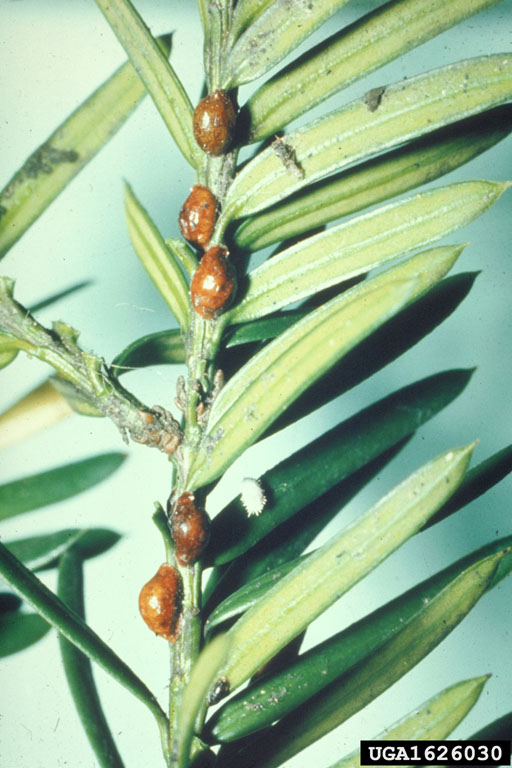John Paul Sanborn
Above average climber
I've got a infestation leves that pass the economic threshold.
I'm bringing someone in to do Metasystox (ick!) soil injections next week for the adults and am soaping the foliage every 4 months starting today.
This is taking place on 3 different cvs throughout the 13 acre campus. Different sight charicteristics as far as hydraulogy and lighting. the pH is consistantly high though.
No place is over irrigated and some heavy infestations have no irrigation. Past waether the past few years had consistant low rainfall for extended periods. This year we are well above annual rainfalls (some rivers are still over a foot above flood stage).
Insecticde use the past few years has been minimal to nill.
DOes anyone gave an idea as to why there would be such high populations on these plants?
I'm bringing someone in to do Metasystox (ick!) soil injections next week for the adults and am soaping the foliage every 4 months starting today.
This is taking place on 3 different cvs throughout the 13 acre campus. Different sight charicteristics as far as hydraulogy and lighting. the pH is consistantly high though.
No place is over irrigated and some heavy infestations have no irrigation. Past waether the past few years had consistant low rainfall for extended periods. This year we are well above annual rainfalls (some rivers are still over a foot above flood stage).
Insecticde use the past few years has been minimal to nill.
DOes anyone gave an idea as to why there would be such high populations on these plants?





